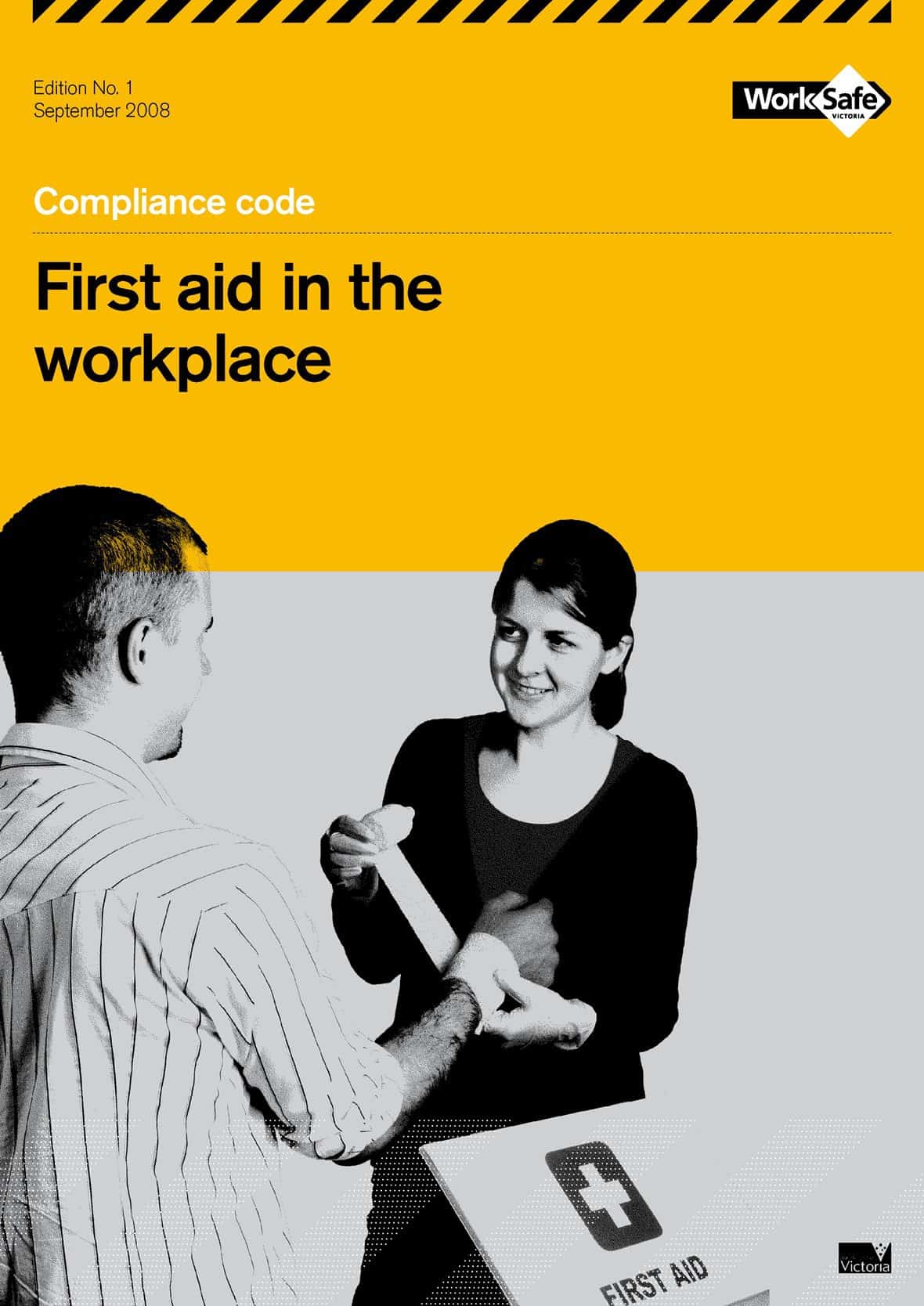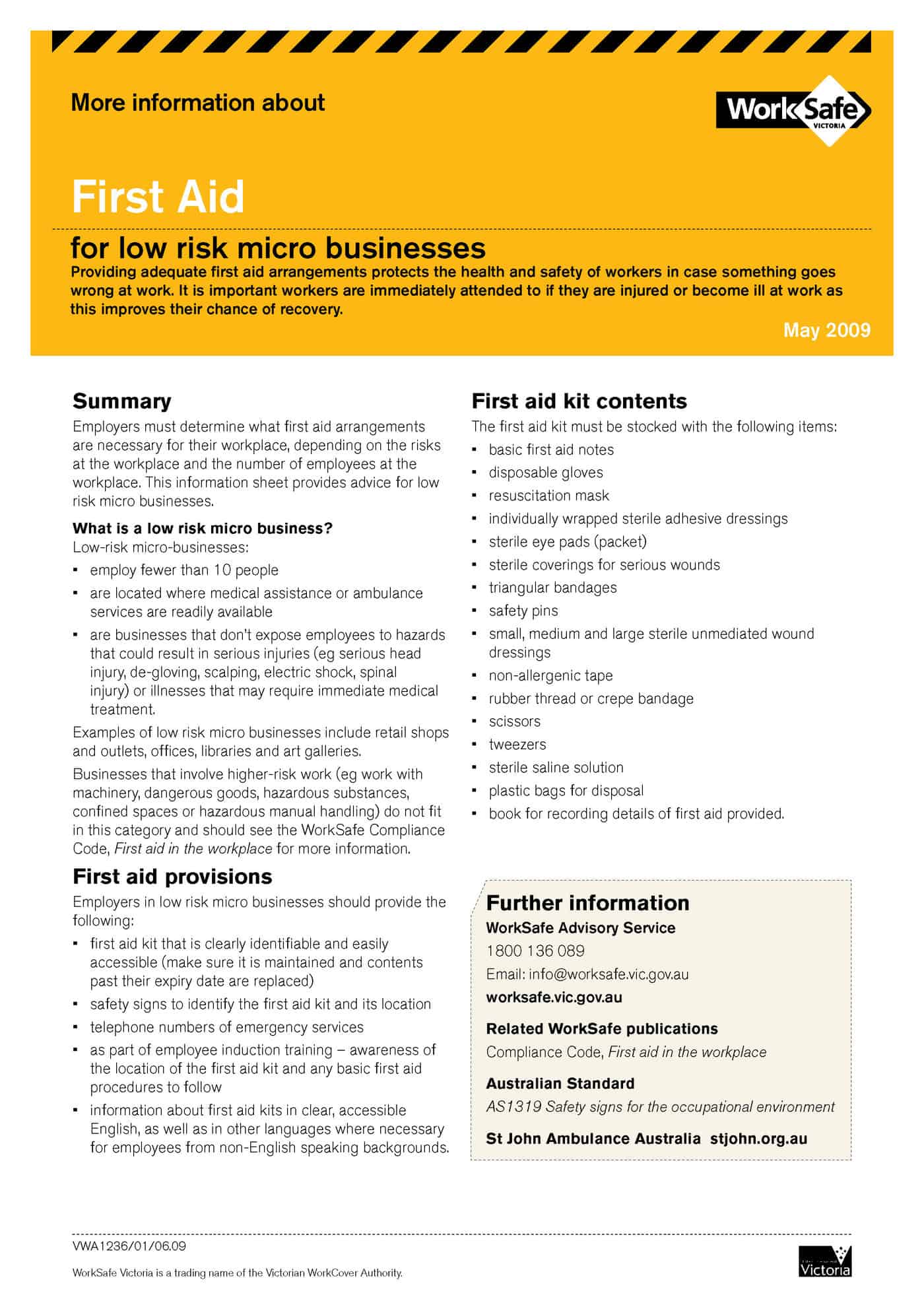![Media -0x1.8b5ce0p-63lert- 52392336nal[1] - crime Media -0x1.8b5ce0p-63lert- 52392336nal[1] - crime](http://safetyatworkblog.files.wordpress.com/2009/06/media-0x1-8b5ce0p-63lert-52392336nal1-crime.jpg?w=191) In late June 2009, WorkSafe Victoria tried a new approach to raising the awareness of the criminal status of OHS breaches through producing a formatted media alert and placing an ad in the daily newspapers.
In late June 2009, WorkSafe Victoria tried a new approach to raising the awareness of the criminal status of OHS breaches through producing a formatted media alert and placing an ad in the daily newspapers.
It is unclear how else the “flyer” will be distributed other than through the WorkSafe website. Indications are that a hard copy of the alert for distribution through WorkSafe offices is not planned.
The ad, pictured right, refers to the prosecution of Rapid Roller over the second serious lathe incident at that workplace in 12 months, the most recent resulting in a death.

![Pages from Workplace exposure to nanoparticles[1] Pages from Workplace exposure to nanoparticles[1]](http://safetyatworkblog.files.wordpress.com/2009/06/pages-from-workplace-exposure-to-nanoparticles1.jpg?w=212)
![p090616615[1] cover p090616615[1] cover](http://safetyatworkblog.files.wordpress.com/2009/06/p0906166151-cover.jpg?w=212)
![p090616616[1] cover p090616616[1] cover](http://safetyatworkblog.files.wordpress.com/2009/06/p0906166161-cover.jpg?w=212)


